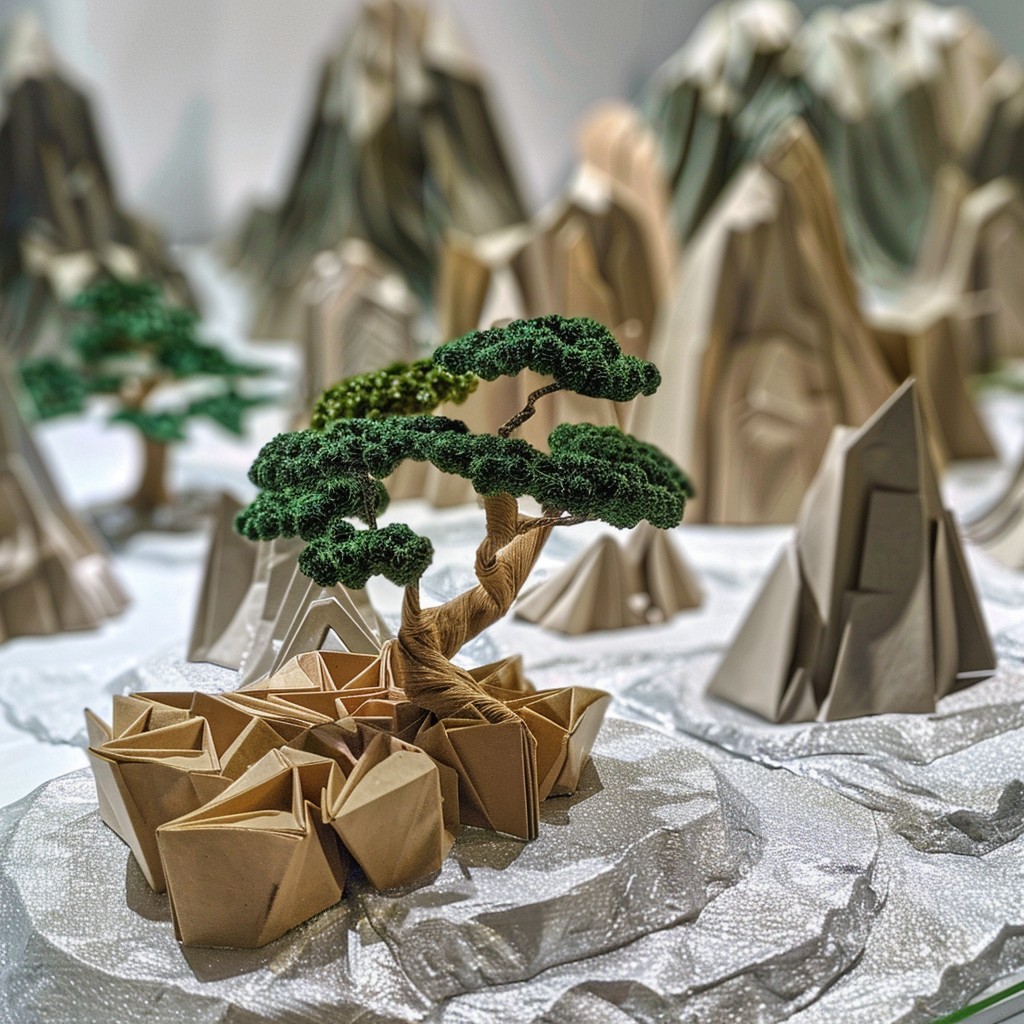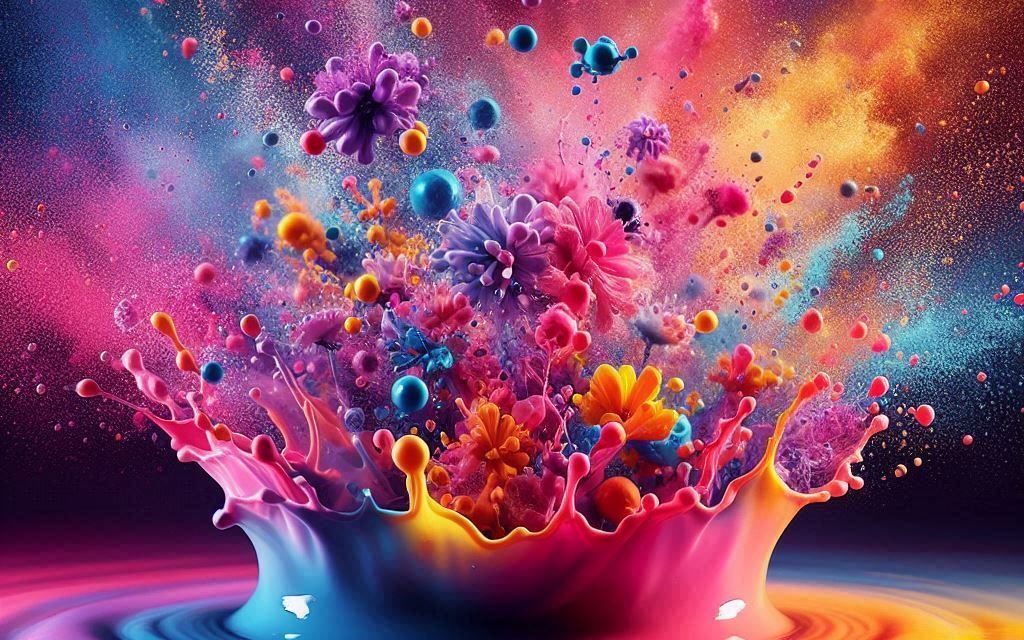Exploring the Vibrant World of Contemporary Japanese Sculpture
Table of Contents

Photo by Stockcake
In the realm of contemporary art, Japan has emerged as a hub of innovation and creativity. The nation’s deep-rooted cultural heritage, coupled with a forward-thinking approach to modernity, has given rise to a new generation of sculptors. These artists are pushing the boundaries of traditional sculpture, infusing their work with a unique blend of old and new. In this article, we delve into the world of contemporary sculpture in Japan, spotlighting some of the most influential and innovative artists of our time.
The Evolution of Japanese Sculpture
Japanese sculpture has a long history, dating back to ancient times when religious and ceremonial statues dominated the artistic landscape. However, contemporary sculpture in Japan has taken a different trajectory. Today’s artists are influenced by a variety of factors, including Western art movements, global issues, and Japan’s own complex relationship with its past. This fusion of influences has led to a dynamic and diverse range of sculptural practices.
Key Themes in Contemporary Japanese Sculpture
One of the defining features of contemporary Japanese sculpture is the exploration of themes such as identity, nature, technology, and the human experience. Artists often draw upon traditional Japanese aesthetics, such as wabi-sabi (the beauty of imperfection) and mono no aware (the pathos of things), while also engaging with modern materials and techniques. The result is a body of work that is both deeply rooted in Japanese culture and strikingly global in its appeal.
Prominent Contemporary Japanese Sculpture Artists
- Nawa Kohei
A leading figure in Japan’s contemporary art scene, Nawa Kohei is known for his innovative use of materials and technology. His “PixCell” series, which features taxidermy animals encrusted with glass beads, explores the relationship between the organic and the synthetic. Nawa’s work challenges viewers to reconsider their perceptions of reality, blurring the lines between the natural world and artificial constructs. - Motohiko Odani
Motohiko Odani’s sculptures are a haunting blend of beauty and horror. His work often deals with themes of the body, mortality, and the supernatural. Odani’s pieces are characterized by their meticulous detail and surreal qualities, making them both unsettling and mesmerizing. His use of unconventional materials, such as human hair and artificial limbs, further enhances the eerie atmosphere of his sculptures. - Chiharu Shiota
While primarily known for her large-scale installations, Chiharu Shiota’s sculptural work is equally compelling. Her sculptures often involve intricate networks of thread, creating a sense of entanglement and connection. Shiota’s work explores themes of memory, identity, and the passage of time, often evoking a strong emotional response from viewers. - Yoshitomo Nara
Though Yoshitomo Nara is widely recognized for his paintings and drawings, his sculptural work is an essential part of his artistic practice. Nara’s sculptures often depict his signature childlike figures, rendered in three dimensions. These works capture a sense of innocence tinged with defiance, reflecting Nara’s exploration of the complexities of childhood and identity. - Toshihiko Mitsuya
Toshihiko Mitsuya is a master of aluminum foil sculpture, a medium he has made entirely his own. His intricate creations, which range from life-sized animals to mythical creatures, showcase his extraordinary skill and imagination. Mitsuya’s work is a testament to the possibilities of unconventional materials in contemporary sculpture.
The Global Influence of Japanese Sculpture
Contemporary Japanese sculpture has gained international acclaim, with many artists exhibiting their work in major galleries and museums around the world. This global recognition is a testament to the universal appeal of their art, which transcends cultural boundaries while remaining deeply connected to Japanese identity.
The world of contemporary Japanese sculpture is as diverse as it is innovative. These artists are not only redefining the boundaries of sculpture but are also contributing to a broader conversation about art, culture, and the human experience. As their work continues to evolve, so too does Japan’s influence on the global art stage.
Whether you’re an art enthusiast or a casual observer, exploring the work of these contemporary Japanese sculpture artists is sure to inspire and captivate. Keep an eye on the burgeoning art scene in Japan—it’s a wellspring of creativity that shows no signs of slowing down.


No responses yet